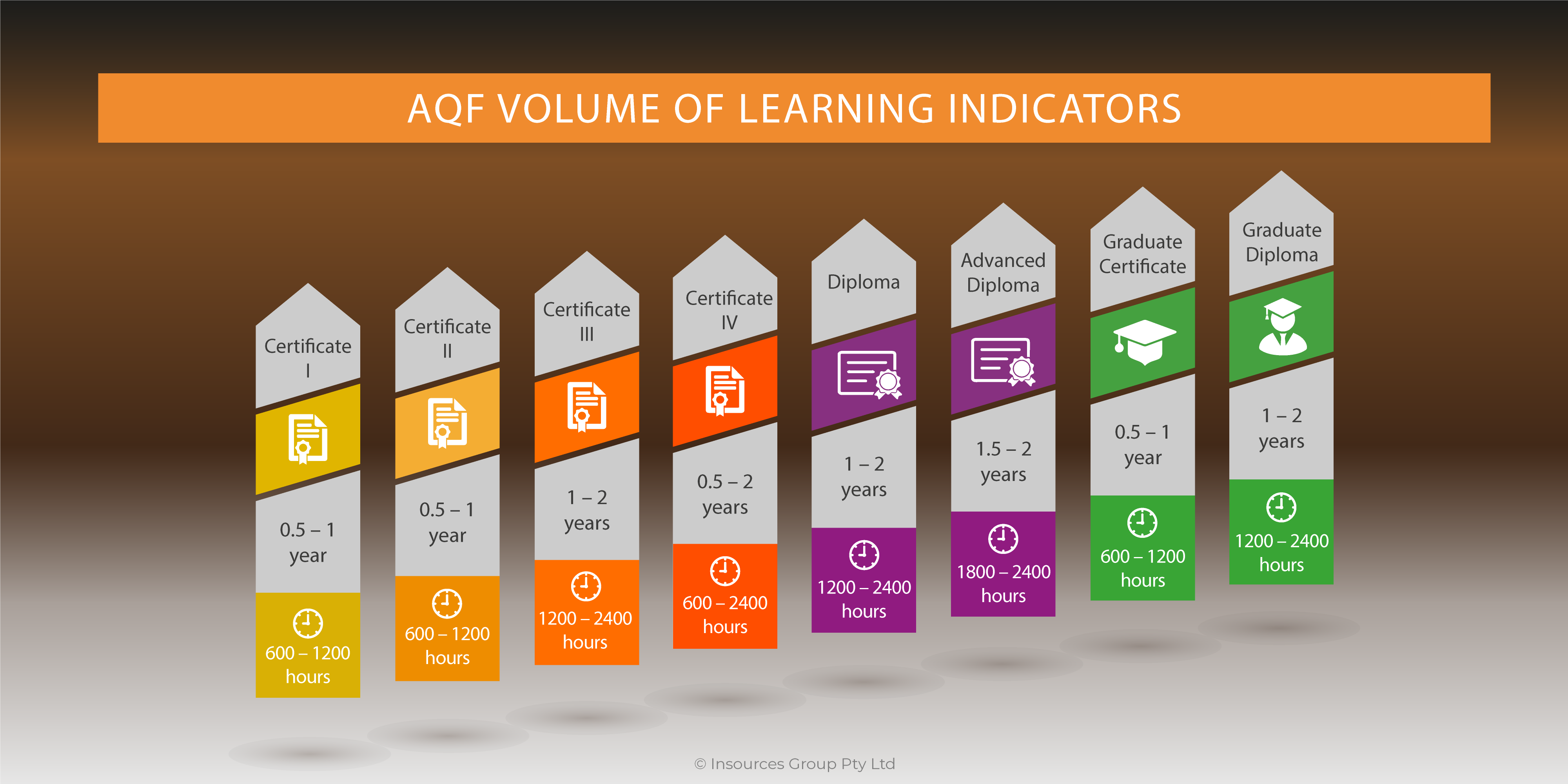Using Skill Sets to meet industry needs. Vocational Education and Training must provide solutions and support individuals and industry in Vocational Preparation and Vocational Development (Continuous Professional Development).
Although our VET system is a leader in Vocational Preparation, mainly because of government funding conditions, RTOs are losing opportunities in Vocational Development programs.
 Non-accredited training programs are providing an incredible range of learning opportunities to support our workforce with professional development. These programs are presented in different formats, from online platforms and symposiums, to summits and conferences. And, importantly, these micro-learning options are meeting current industry needs.
Non-accredited training programs are providing an incredible range of learning opportunities to support our workforce with professional development. These programs are presented in different formats, from online platforms and symposiums, to summits and conferences. And, importantly, these micro-learning options are meeting current industry needs.
To compete in a corporate training and development world, RTOs should look at these opportunities, and use micro-learning techniques to meet that demand.
The flexibility of training packages that allows for the delivery of stand-alone units and skill sets, is not recognised for government funded programs, which today accounts for more than 70 per cent of all VET training delivered in Australia.
Rapid changes in industry processes and technological advances, together with the definitive adoption of robotics in the workplace, have created a growing need for continuous development of skill sets.
The Australian government should update funding programs to include skill sets and stand-alone units, as this is the easiest way to measure the return on investment in these training programs.
I started looking at international trends for micro-learning, and discovered some interesting statistics. According to the Association for Talent Development (ATD) 92 per cent of organisations (worldwide) are using micro-learning plans, and over 67 per cent of organisations not using micro-learning are planning to start. For RTOs to develop industry relevant training products, we should look at these statistics.
Micro-learning techniques have three primary benefits and this is why organisations are considering these options:
- Micro-learning is cheaper and faster. Materials take less time to source, produce, maintain and consume, than full qualifications. This enables re-use and re-packaging of micro-learning programs. It also allows trainers to focus on quality without sacrificing amount of training, because those irrelevant skills are not included in the program.
- People are more engaged. Employees today devote 1 per cent of their time to learning (roughly 24 minutes a week), check their phones 150 times a day, and switch tabs every minute. Micro-learning fits perfectly into this continuous diet of email, Slack, and social media.
- People learn more. Though there are many factors that drive effective learning, managing cognitive load is one of the most important. The problem with typical learning experiences like lectures or long e-learning videos is that they present too many things at once for too long a period of time.
These are real benefits, but they don’t necessarily translate to improved performance on their own. Through industry consultation we discovered that timing plays an important part, and the key is to have a training solution to solve current problems.
One of the most difficult and least scalable things organisations must do is motivate their employees, and learning requires a lot of sustained motivation. Compliance training is a good example.
But how can we identify the right time when our participants’ motivation is high?
There are reliable triggers that open up motivational windows in which individuals are willing, even excited, to learn. These windows can last from a few months (Think: when someone is given a new role or responsibility), to a few weeks (Think: when someone has a big deadline or presentation coming up), to a few minutes (Think: when someone is walking into a big meeting for which they’re not fully prepared).
In today’s competitive environment, RTOs are required not only to set Learning Objectives to describe what participants will be able to do at the end of the training, but also Application Objectives to determine how and when those skills and knowledge can be used and applied to attract participants at the right time (highly motivated).
Learning experiences presented to learners at the wrong time will produce little or zero results, and the margin for error is very slim.
Continuous review of our VET Sector, Training Packages, funding arrangements is required, and our Nationally Recognised Training System should be adapted to meet emerging needs in vocational education and adult learning trends. This new generation of micro-learning solutions is certainly making an impact.




